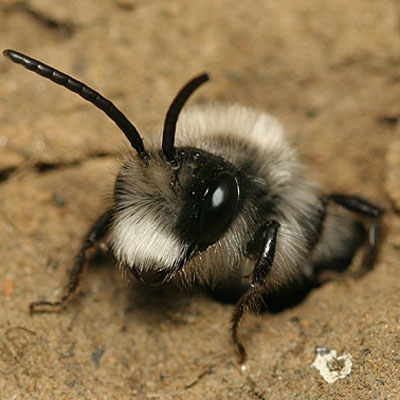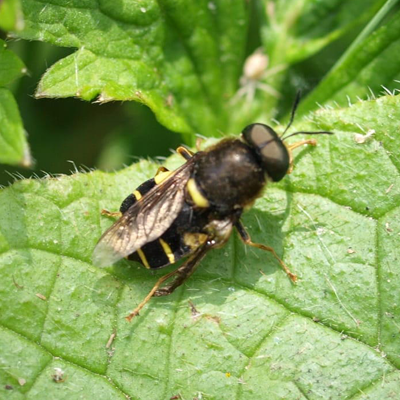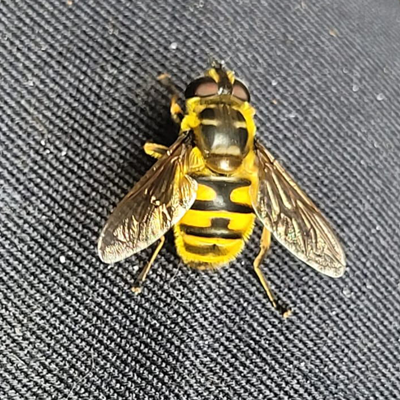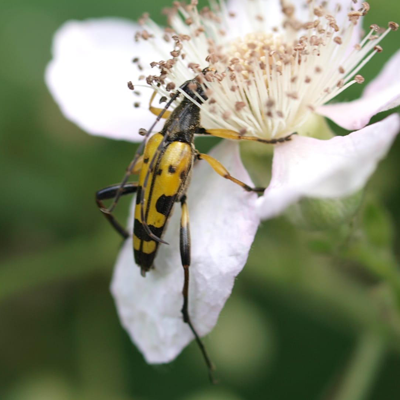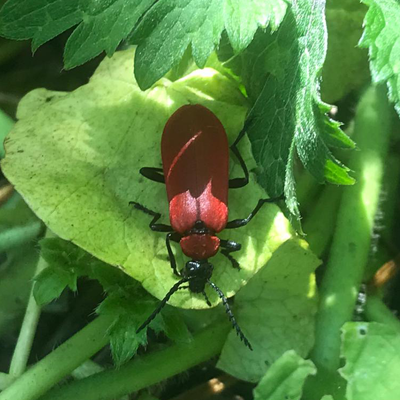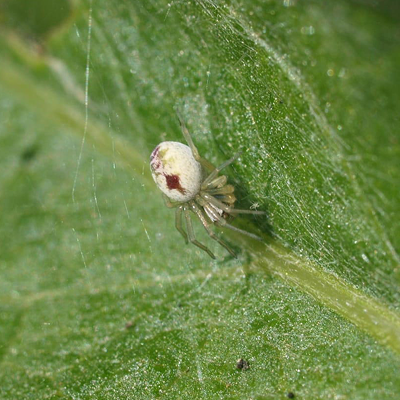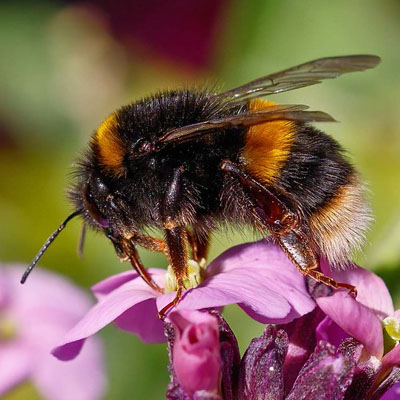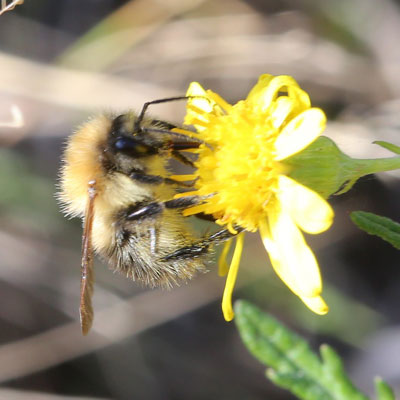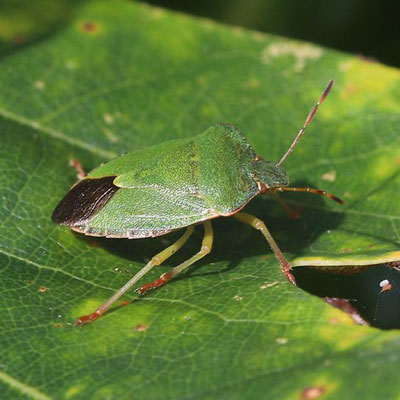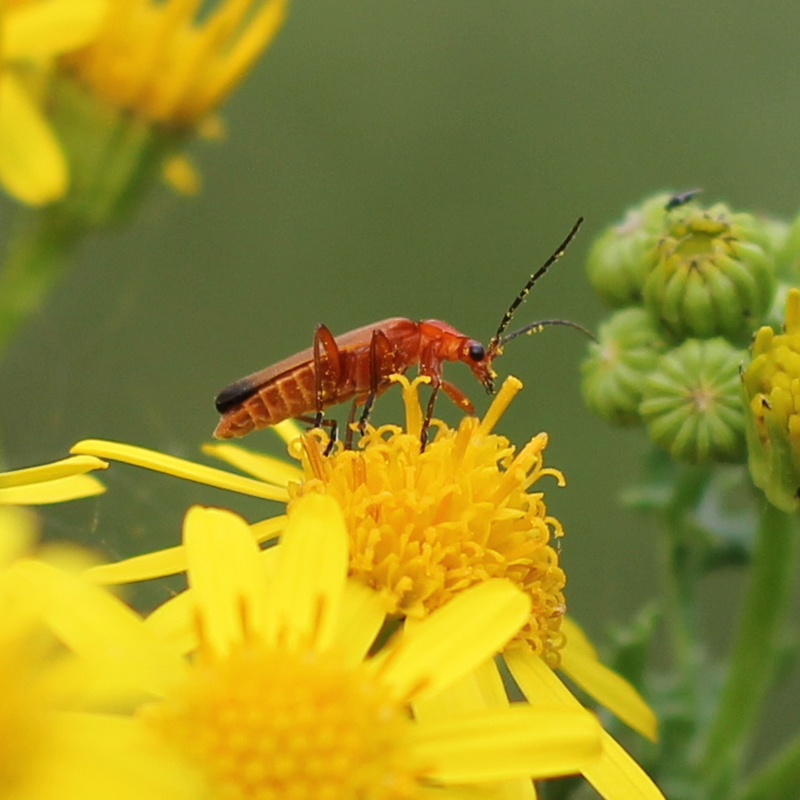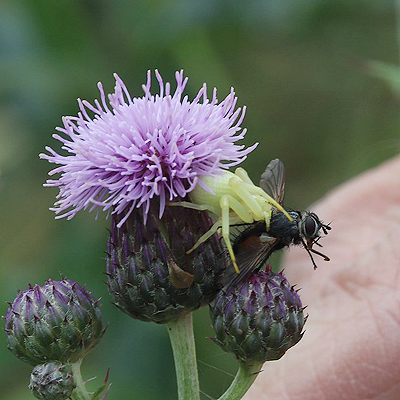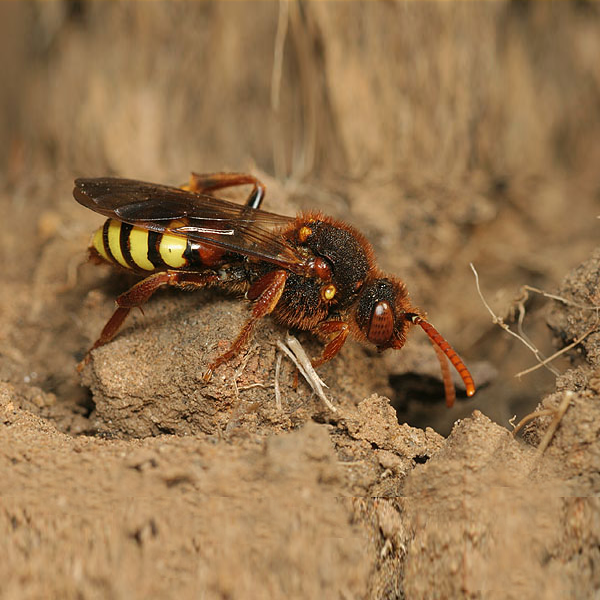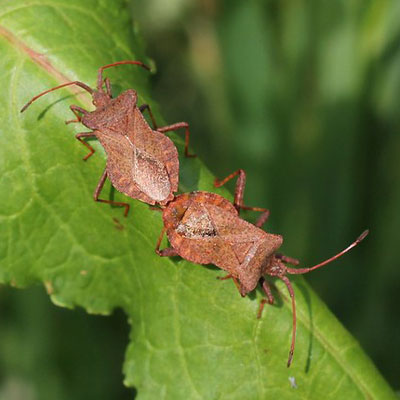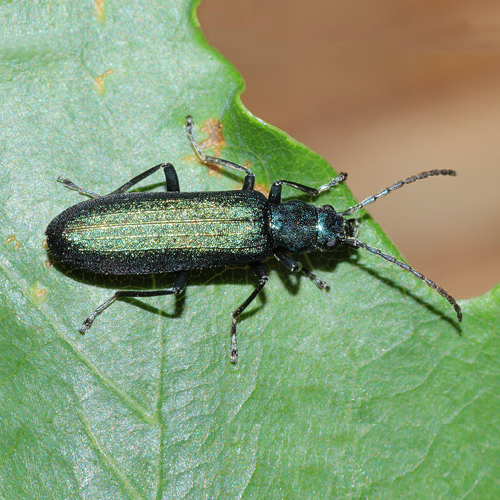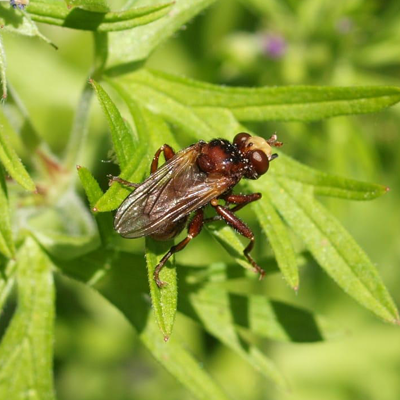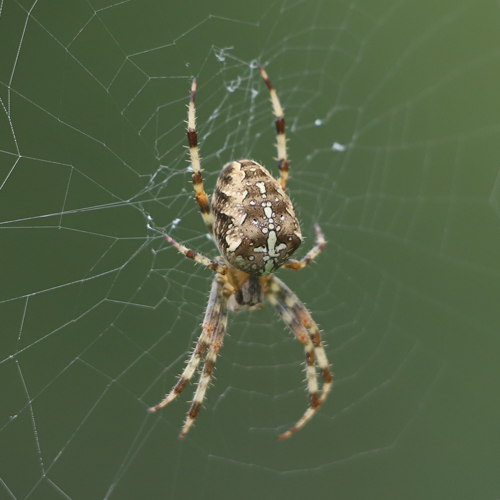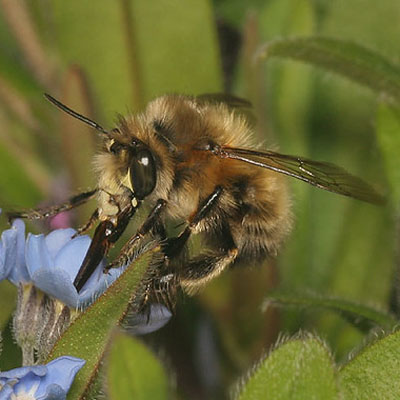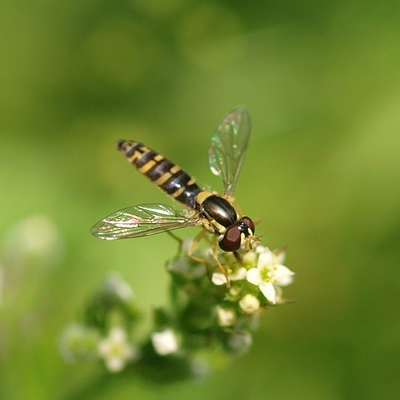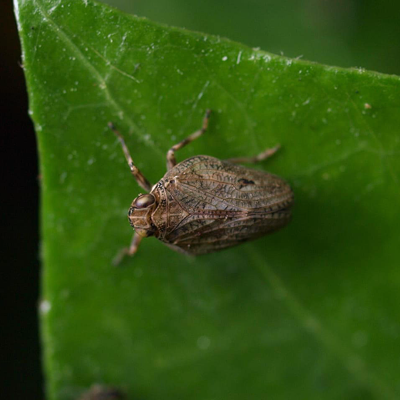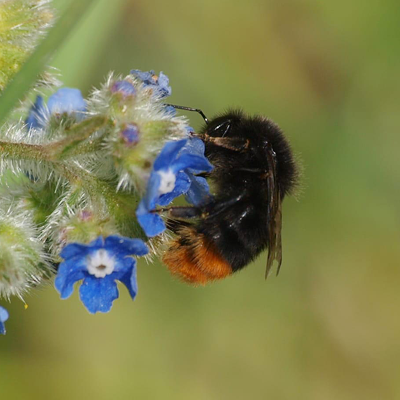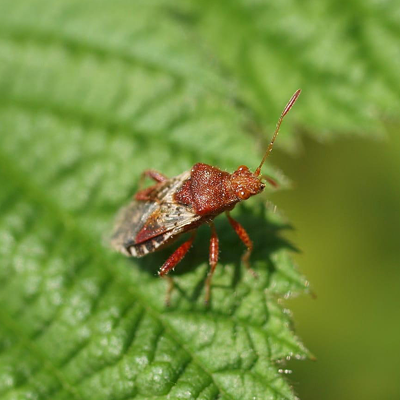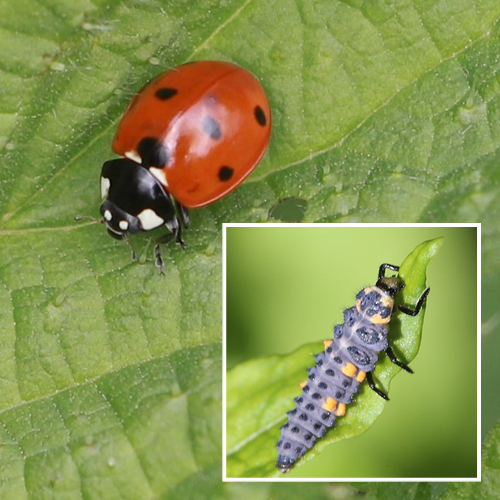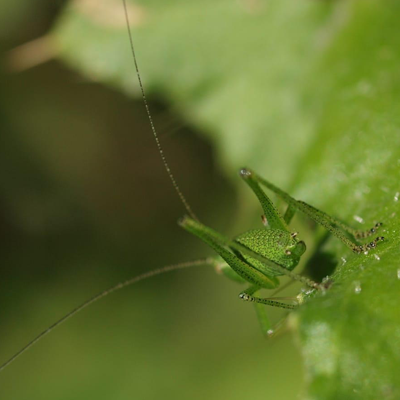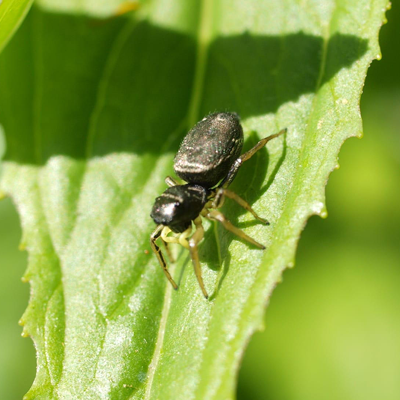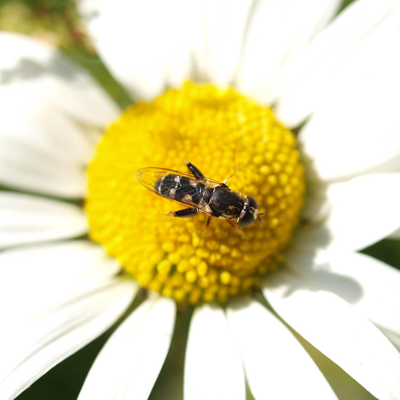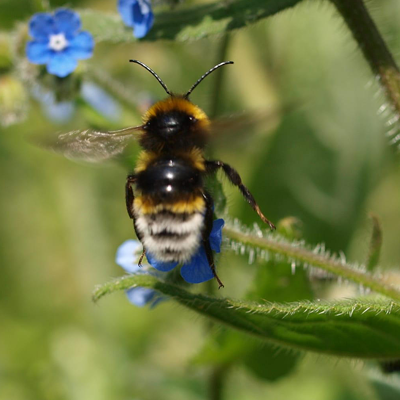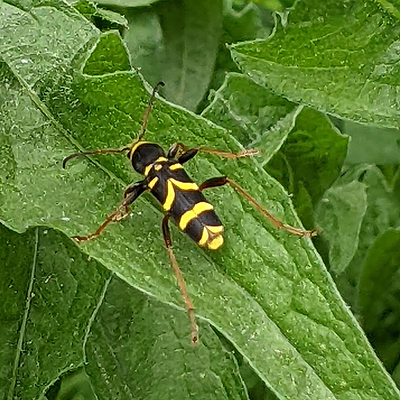This page is essentially for all insects other than butterflies and moths. Entomolgy is a large branch of zoology and we’re going to try to keep it simple. Apologies to the experts if you spot any glaring mistakes. Let us know.
So what’s the difference between a bug and a beetle? Perhaps one of the simplest differences is that bugs are mostly plant feeders that take a liquid diet and therefore they have needle or straw like mouthparts. Beetles eat a wide range of plant and animal materials and therefore have chewing mouthparts. The wings of bugs are either membranous or partially-thickened while the forewings of beetles serve as a hard covering and the hind wings are membranous.
- All Bugs, Bees and other Insects
- Bees
- Beetles
- Birds
- Blue flower
- Bugs
- Butterflies
- Crickets
- Damselflies
- Dragonflies
- Flora
- Moths
- Pink flower
- Purple flower
- Red flower
- Spiders
- White flower
- Wildlife Trail flower
- Yellow flower
Andrena cineraria. Females create nests underground by excavating burrows in bare/sparsely vegetated earth often in […]
Banded General, Stratiomys potamida. Soldier flies get their name from their bold and bright colours […]
Batman Hoverfly, Myathropa florea. This hoverfly has bold yellow and black markings and gets its […]
Black and yellow longhorn beetle, Rutpela maculata. These beetles are usually found in areas close […]
Black-headed Cardinal Beetle, Pyrochroa coccinea, Adults are short-lived and have a brief season, usually appearing […]
Bleeding Heart Spider, Nigma-Puella. The female is striking, with a light green abdomen marked with […]
Buff-tailed bumble bee, Bombus terrestris. One of the more abundant bumble bees that can even […]
Common carder bee, Bombus pascuorum. Only three species (Common carder bee; Moss carder bee, Bombus […]
Common green shieldbug, Palomena prasina. Climate change has given a boost to this beetle which […]
Common red soldier beetle, Rhagonycha fulva. Quite a common sight within meadows in the summer […]
Crab spider, Misumena vatia. They are called crab spiders because of their unique ability to […]
Cuckoo bee, Nomada lathburiana. The term cuckoo bee is used for a variety of different […]
False blister beetle, Ischnomera cyanea. This beetle is about 12 mm long with bright iridescent […]
Ferruginous bee grabber fly, Sicus ferrugineus. The larvae are endoparasites of bumble bees of the […]
Garden spider, Araneus diadematus. The garden spider is one of the UK's largest spider species […]
Hairy-footed flower bee, Anthophora plumipes. This species is one of the first solitary bees to […]
Leafhopper, Issus coleoptratus. These insects are part of a wide group - so much so […]
Red tailed bumble bee, Bombus lapidarius. One of the Big 7 widespread and abundant species, […]
Rhopalus subrufus. Length 7 to 7.5 mm. This genus of bug closely associated with shield […]
Seven spot ladybird, Coccinella septempunctata. Probably the most well known beetle in the UK. The […]
Speckled Bush Cricket, Leptophyes Punctatissima. Eggs are laid in late summer into tree bark or […]
Sun Jumping Spider, Heliophanus Cupreus. Jumping spiders have some of the best vision among arthropods […]
Thick legged hoverfly, Syritta pipiens. Adults are critical pollinators for a variety of flowering plants […]
Vestal Cuckoo Bee, Bombus vestalis. It is a brood parasite that takes over the nests […]
Wasp beetle, Clytus arietis, The wasp beetle, is a wasp-mimicking longhorn beetle. It is harmless […]

